
Predicting food safety and fraud risks in the Herbs & Spices category
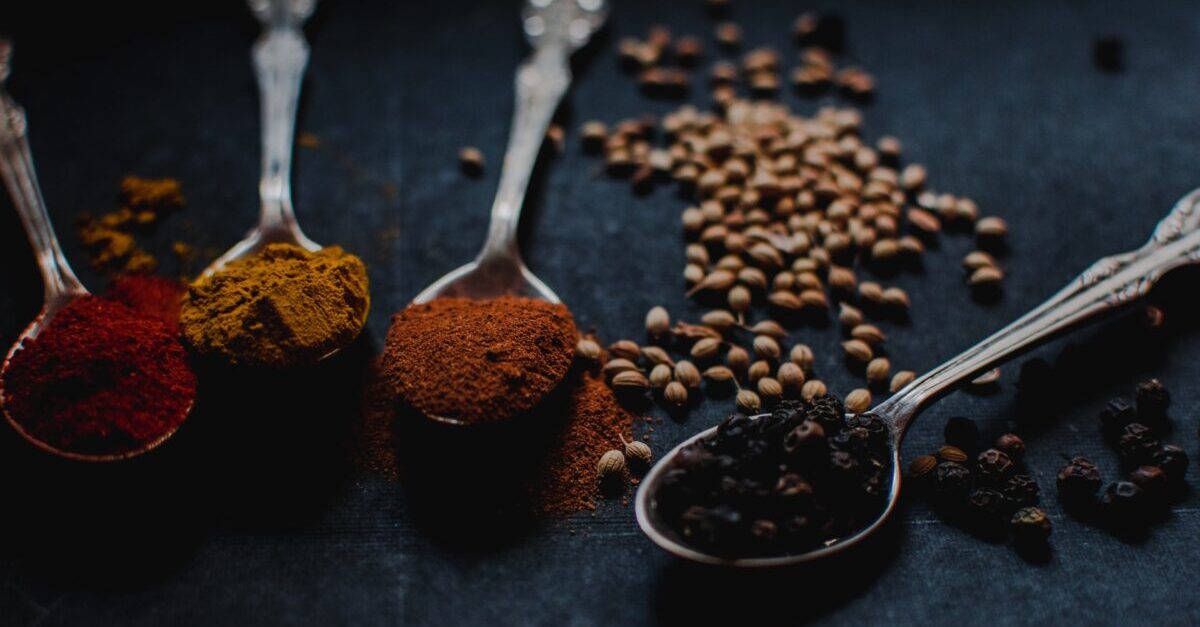
An international food supply chain is often the reason behind the uncertainty of the safety and quality leaders in the world’s largest food manufacturers. The complexity of their supply chain might affect the quality and integrity of the products distributed to the market. As a consequence, food recalls can occur, resulting in brand damage and significant expenses.
Monitoring and assessing risks and emerging hazards is a challenging and time-consuming process, when dealing with food suppliers from all around the globe. Especially, if we take into consideration the large number of data sources about food safety incidents and hazards that must be continuously monitored.
The analysis of all these data has not been automated yet. We hear that, even today, the biggest food companies are performing their risk assessment tasks manually, using spreadsheets, despite the numerous data solutions out there. Such a manual process is usually prone to the human error and takes too much time. Additionally, unexpected types of risks and emerging hazards are always lurking.
During the last months of 2020, there has been much discussion around food safety incidents in the Herbs & Spices category. In cases like this, predicting risks is of the essence, in order to prevent them from appearing in the company’s supply chain.
Let’s take a look at an example considering one ingredient of the Herbs & Spices category, the Black Pepper, and find out how interconnected data can provide us with reliable insights and predictions that assist in taking critical food safety decisions.
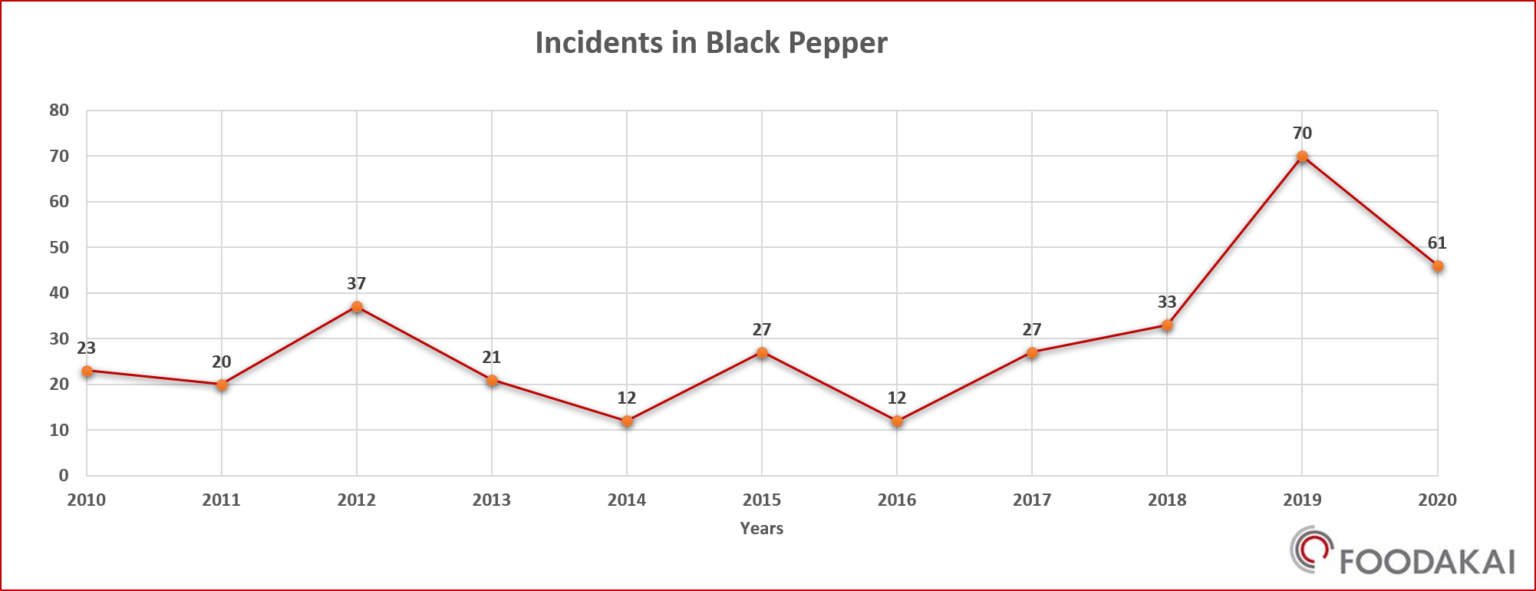
According to historical data from FOODAKAI, the last 10 years a small increase in food safety incidents of the Black Pepper was observed, particularly around 2012, with the highest peak being in 2019. Last year there was a decreasing trend in incidents of this ingredient, which agrees with the general food safety image of 2020 for most product categories. Probably this is a result of less official inspections and tests, due to the COVID-19 pandemic.
The top hazards in the Black Pepper are biological, followed by organoleptic aspects incidents, both account for more than 95% of all incidents reported. The top 5 Biological & Organoleptic hazards officially reported to have been found in the Black Pepper, during the past decade are: salmonella, spoilage, unit for human consumption, Salmonella Enterica Ser. Rubislaw, Salmonella Enterica Ser. Ponna.
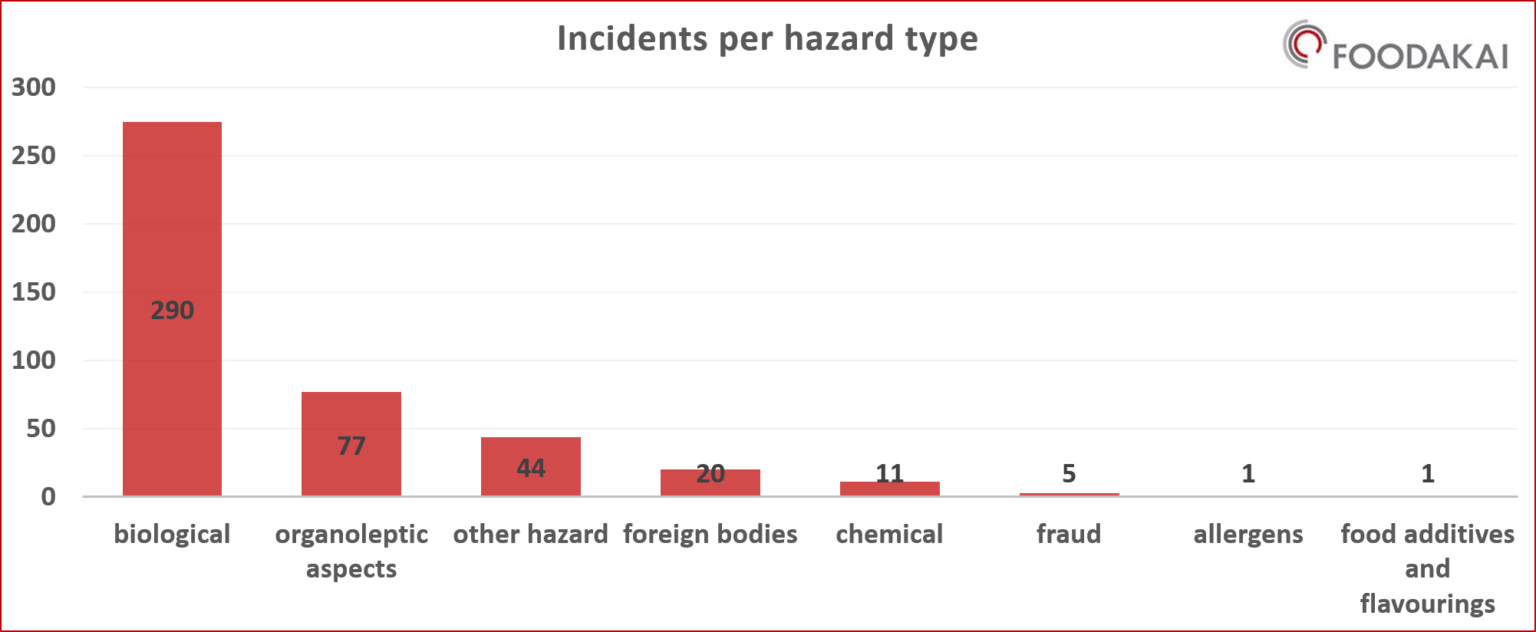
Predictions of 2021
This year a small decrease of 5% in food safety incidents of the Black Pepper should be expected. FOODAKAIpredicts specifically 58 incidents in this ingredient.

As for Black Pepper exporters, India and Brazil were the 2 countries account for the 63,5% of incidents last year. Interestingly, food safety incidents from India are likely to increase by 209% in 2021 and from Brazil by 435%. It should be noted that these percentages are considering food safety incidents not only in Black Pepper, but in all product categories.
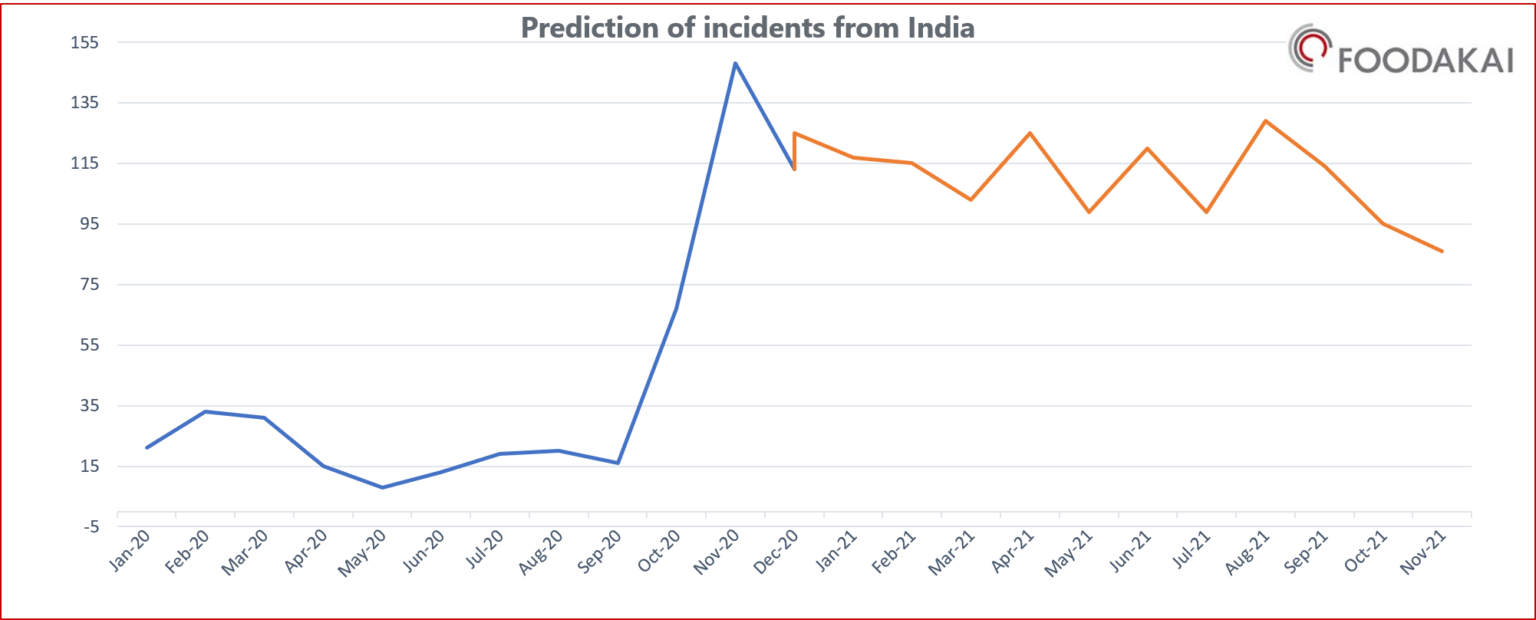

It should be also expected a higher risk associated to specific hazards, such as an increase in food safety incidents associated to salmonella.
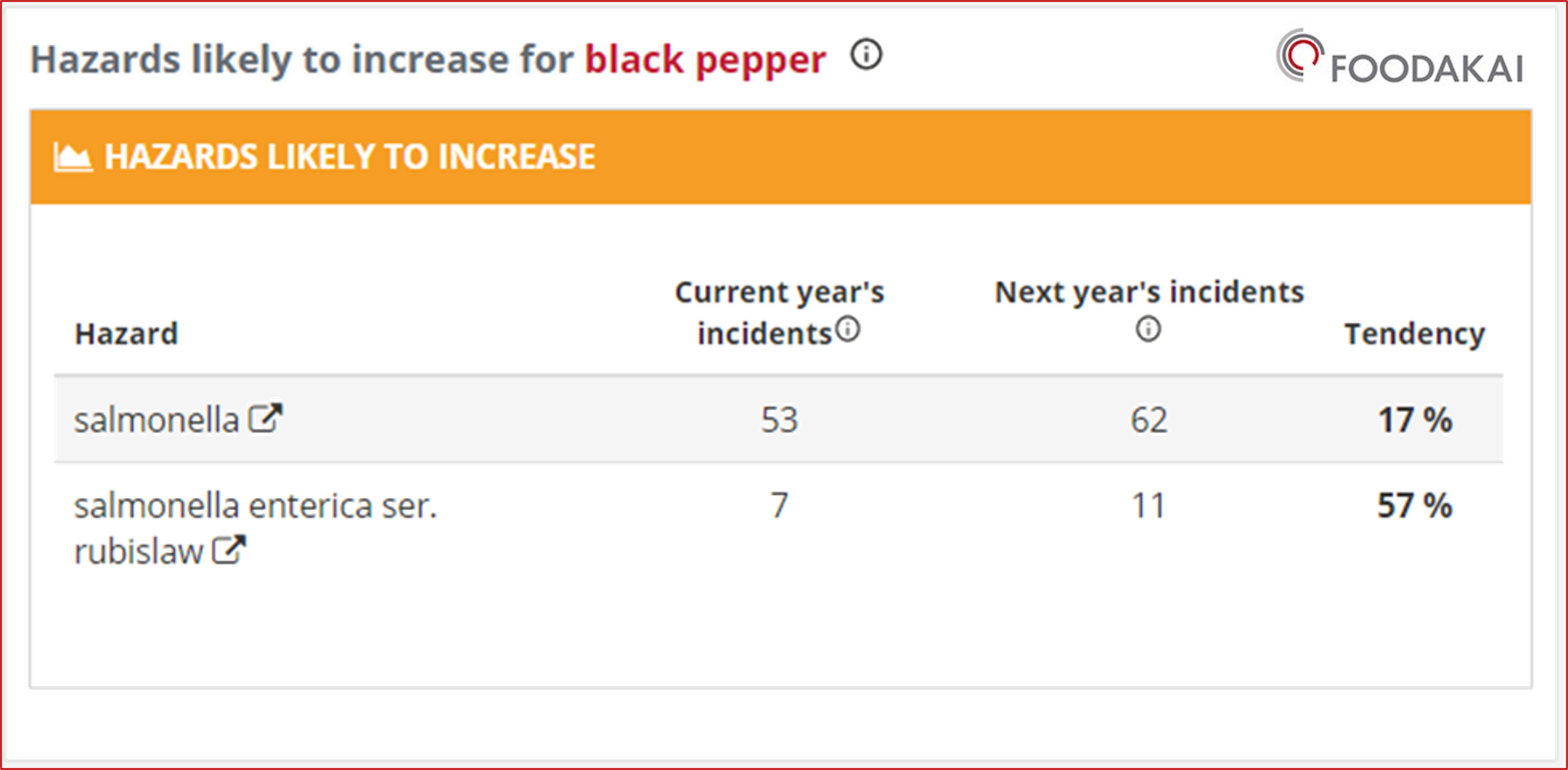
To analyze it further, the risk of salmonella in Black Pepper is likely to be increased by 9,67% this year.

Providing the company’s Food Safety and Quality Assurance team with such reliable data insights is the first step to a smarter food safety strategy focused on preventive measures, in order to mitigate food product recalls.
Predictions based on global food safety incidents can be used to validate the laboratory analysis plan and make sure that the focus will be on the riskiest points of the supply chain. A cloud-based solution with a straightforward interface, that combines data technologies with the knowledge of food safety experts and artificial intelligence can offer this information with a click of a button.
For more Data Insights and Predictions of food safety and fraud incidents in the total Herbs & Spices category, download here our thorough analysis report and find out what the future holds.







